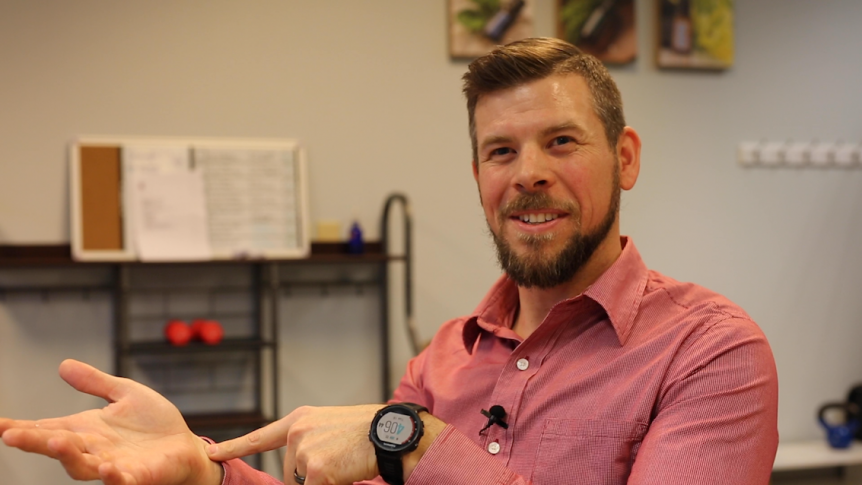Our medical system can often be symptom-based, and can miss the true source of the problem. Here Cory talks about how the full-body approach to treatment can be more effective.
Transcript:
“The medical system, when we’re working with the body, is they look at symptoms. Everybody’s symptom based in the world. Us, ourselves, we’re symptom based. You know, if my wrist hurts, I’m going to go to the doctor, and I’m going to tell him my wrist hurts, and they’re going to ask, “Well, did you injure it?” I’m going to say no, but my wrist hurts. Well, it might not be your wrist. But my wrist hurts, you know? So there’s a little proverb about the nail in the forehead, you know? It was like, “Well, your problem’s right there. If you just take out the problem,” but no, but my wrist hurts. So we get on this symptom based, and we want to treat symptom after symptom after symptom. Our body’s symptoms are just a way of showing something’s wrong. It’s not necessarily that’s where the problem is, but that’s the identifying place that’s saying, “Hey, there’s a problem.”
So, say I have a neck reversal, and my wrist hurts. When I go to the doctor, I’m going to tell him my wrist hurts, and they’re going to look, and they’re going to take x-rays on my wrist, and they’re going to do all kinds of neurological testing of my wrist, and they’re going to say that there’s nothing wrong with my wrist, and then what do you do from there? You just maybe get prescribed a medication, you know? So when we start thinking on a symptom-based standpoint we can’t always think about the symptoms, so when we … At our office, we’re more approaching the whole body, and we’re looking at it structurally, so we can see everything that’s going on. So if you are having a wrist problem, let’s see what’s going on in the neck. Maybe there’s something further on up the line, an alignment problem that might be causing that wrist problem.
So just thinking of things on more of the whole body approach instead of just thinking about the one problem, so even if you are coming to us for headaches, even though throughout your treatment, your headaches may go away, but you might also notice other things that go away. And there’s always the other side. The headaches may not go away, but you can have a whole lot of other things get better at the same time.”

